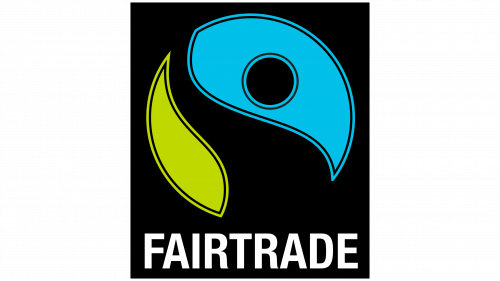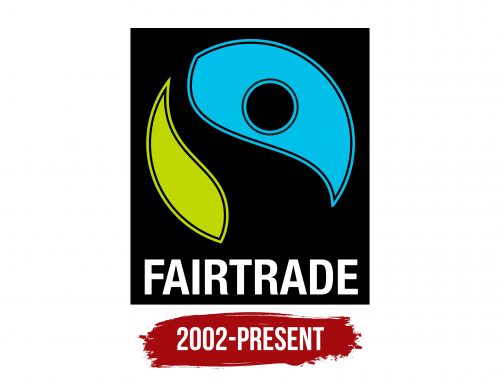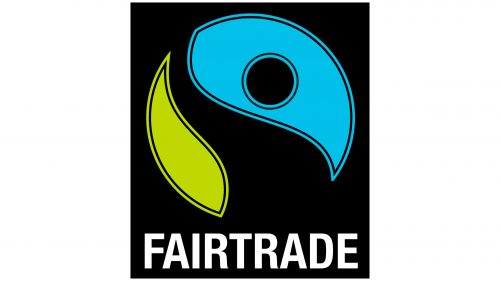The Fairtrade logo is harmonious and stylish. The emblem is full of symbols associated with the organization’s core mission. The badge appears friendly and conveys the idea of freshness and the benefits of natural products.
Fairtrade: Brand overview
| Founded: | 1997 |
| Headquarters: | Bonn, Germany |
| Website: | fairtrade.net |
Meaning and History
Originally, in the 1940s-60s, the movement was represented by various organizations supporting fair trade principles. Their logos differed. The first idea of product labeling with a logo emerged in the Netherlands in 1988. However, each country and organization used its labeling until 1997, when FLO – Fairtrade Labelling Organizations International was founded. Its mission was to create universal standards. And in 2002, FLO developed a unified Fairtrade mark for everyone.
What is Fairtrade?
Fairtrade is a social movement advocating equal trading rights for major players and small-scale farmers. A sticker with the Fairtrade logo on a product indicates that the item’s price matches its market value, it was produced safely and environmentally friendly, and workers received a fair wage.
2002 – today
The movement’s logo is a circle with blue, black, and green elements inside. The imagery signifies:
- A black silhouette of a person raising their hand, waving at viewers. This figure is set against a backdrop of a blue sky and a green field.
This figure represents a farm worker. The organization aids these farmers in connecting with buyers and showcasing their products. While large companies can afford to lower product prices, small farms cannot, often leading to their products being overlooked. Fairtrade seeks to change this. The logo helps the farmer “greet” customers via the sticker.
The figure also points to field workers. To stay competitive in developing countries, farms often make workers toil 10-12 hours daily for mere pennies. Fairtrade stands against this. A product sticker featuring a small figure signifies that all workers were fairly compensated.
The green element in the emblem resembles a leaf, as the movement primarily impacts tea and coffee plantations.
The green and blue colors speak to environmental purity. Adherence to environmental standards is required for program participation, so Fairtrade products promote ecosystem preservation.
- A Yin and Yang circle, but instead of the usual white and black elements, it uses blue and green against a black background.
The black base symbolizes fertile soil. The blue and green represent the cycle of farm production and the funds it generates. Fairtrade ensures products are sold at a fair price and additionally provides members with development bonuses.
The circle’s shape suggests harmony, a mutually beneficial transaction, and care for all involved parties.
This image is set on a black rectangle with a white caption in uppercase letters. This design emphasizes a formal approach, signifying the existence of standards, rules, and requirements that all movement members must follow.
Font and Colors
The emblem primarily features black and white colors, complemented by blue and green. This contrast highlights the struggle between fair trade and the oppression of producers from developing countries.
- White – Represents fair prices, good working conditions, purity, and environmental care. This shade indicates the optimal development path.
- Black – Symbolizes the soil where farmers grow their products. It alludes to the grueling labor and oppression that reign where Fairtrade is absent.
- Green – Depicts the produce grown, indicating the organization’s focus on agriculture.
- Blue – Portrays a business-like, impartial approach, precise calculations, and proper accounting.
The font of the inscription Helvetica Pro 77 is simple and strict, except for the leg of the letter R, which resembles a plant leaf and emphasizes the theme of agriculture.





